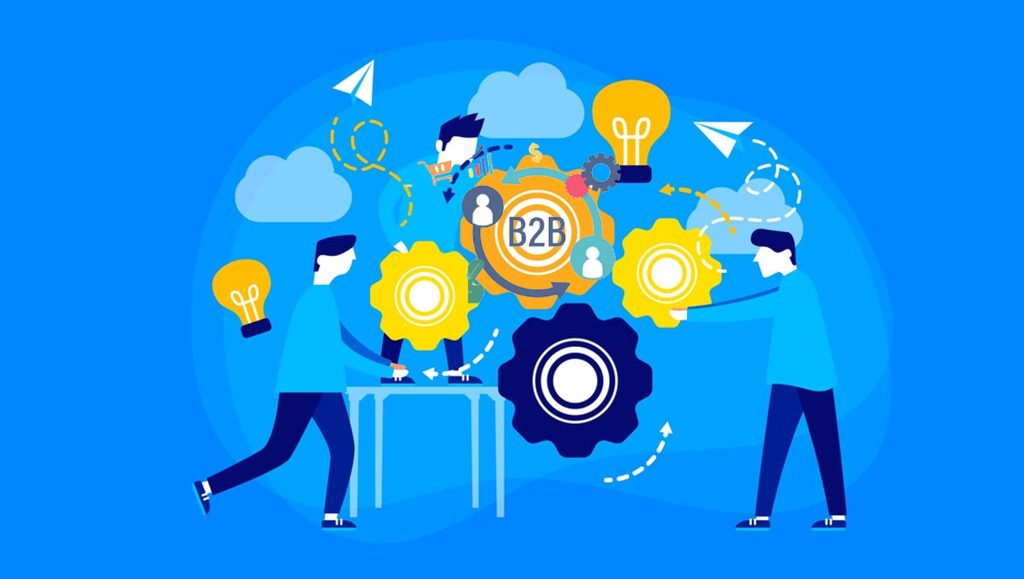Business models are rapidly evolving to answer the unique opportunities and challenges in the present era of business dominated by creativity and innovation. Some of the biggest developments in the last few years have been witnessed in sales processes. They are no longer a linear development wherein companies are now moving towards inbound marketing strategies. Due to quick transformation in technology, traditional sales methodologies are undergoing massive transformations. This development has empowered companies to reach out to and engage customers in multiple ways. In fact, sales and marketing are now no longer working in silos but are working closer than ever to close more deals in each period.
When it comes to B2B tech sales, the traditional sales processes have not only changed, but they need constant innovation to maintain the leading edge. It has become more important than ever for companies to look for a sustainable and robust B2B tech sales cycle that can deliver sustained results over a period. Read on to learn more about the crucial aspects of a modern-day B2B tech sales cycle.
Prospecting
The main aim here is to initiate a conversation with a prospect to understand the pain points the business is facing and then decide if your products or services are a good fit for them. The most popular prospecting tools used for the B2B tech sales cycle are:
- Sales Engagement Software: You can opt for any of the suitable digital engagement platforms to support prospecting efforts in the digital environment. The chosen software must be integrated with the current CRM platform or sales enablement software to help with the development of an automated multi-channel approach for prospecting. This will assist the salespersons in learning which approach works and which does not.
- Social Selling Tools: Salespersons are hugely dependent on LinkedIn and other social selling tools to look for prospects. Salespersons who are active users of LinkedIn and take part in discussions in communities can establish their credibility as leaders and boost their visibility in the network.
- Further Research: After identifying suitable prospects, salespersons must allocate time and effort to learn more about them. Sources like the company website, social media profile, and annual reports are very useful here. They must also find out about their technology stack and other systems being used. This will help develop a strategy to approach the decision-makers.
Read More: SalesTechStar Interview with Yifat Baror, Co-founder and Chief Growth Officer at Osa Commerce
Buyer Engagement
In digital-first sales environments, salespersons must strike a balance between the option to engage digitally or in person. Connecting online with customers offers salespersons to engage them without any time and resources spent on travelling. In fact, ever since the pandemic Google Meets, Microsoft Teams, and Zoom have become an integral part of the B2B sales process. Video calls enable salespersons to have face-to-face interaction with the customers and better learn about their interests. There are many conversational intelligence tools that enable enterprises to better understand the intent signals and hone their skills further. If possible, in-person interactions are preferable as human touch is essential to build enough trust to close a deal. Else, a balance of in-person and online meetings is recommended.
Buyer Consideration
After a prospective B2B customer has been engaged, its purchase team will evaluate multiple vendors. This is where salespersons need relevant buyer engagement tools and micro-engagement platforms, as multiple stakeholders are now involved in the process. Hence, you ought to determine if your product or service will be able to meet all the needs of the users. This is where a buyer engagement platform helps with the delivery of useful insights related to every stakeholder. In the case of virtual meets, digital sales rooms allow sellers to connect with buyers and share relevant content in real time. These platforms also enable new salespersons to easily access details related to the ongoing interactions with the buyers to draw any more useful insights.
Decision Making
This is the stage where your internal sales processes and the buyer’s internal buying processes interact, i.e., the buyer’s intent is on the cusp of being translated into action. The customer will be taking some specific steps to determine if your company could be a better partner for their enterprise. This means that you must have a complete understanding of two vital aspects of the decision-making process,
- Validation: Herein, the buyer will determine the veracity of your offering and decide if it can solve the issues or pain points.
- Approval: After the validation is complete, this stage defines the series of steps to be completed to get the contract finalized. The processes here have evolved in the last few years to better meet the needs of the buyers and offer increased support for digital workflows. For instance, most companies now prefer digitally signing contracts.
With an in-depth knowledge of the modern sales cycle, companies can leverage the available digital sales tools to meet customer expectations. This will enable the companies to offer engaging and captivating digital experiences through personalized content.
Read More: Key Channel Trends for 2024: Personalization, Data, and Value-Added Servies





















